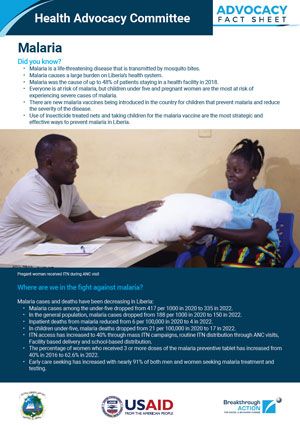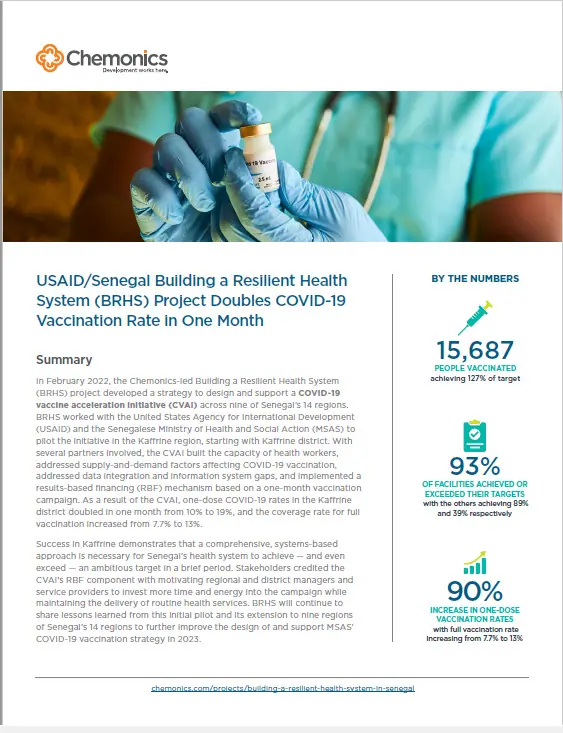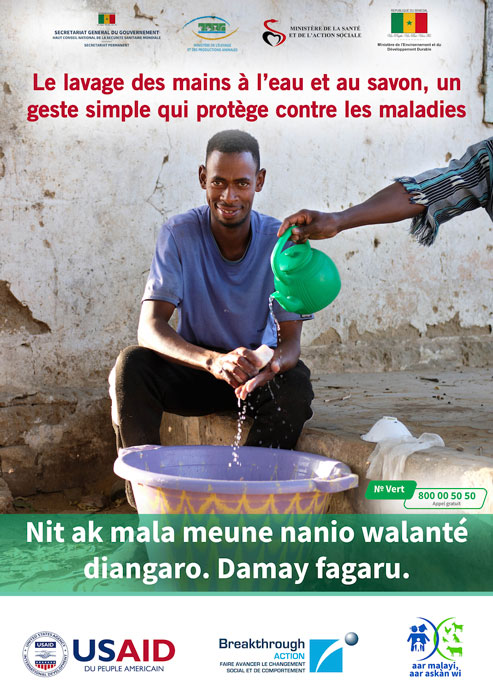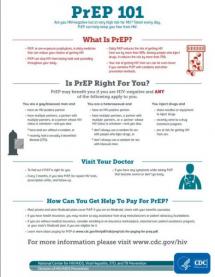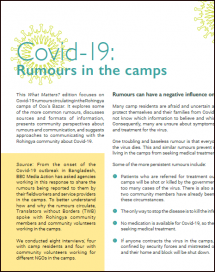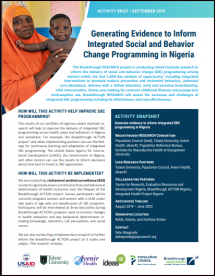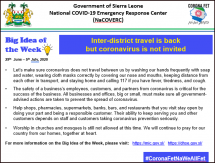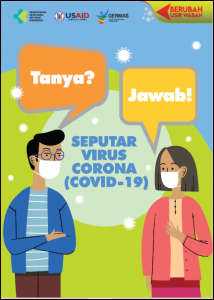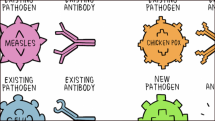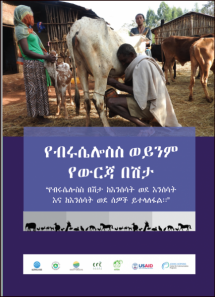Advocacy Fact Sheet
Breakthrough ACTION Liberia worked closely with the Liberia Ministry of Health to develop these health-related fact sheets to be used at the community level by advocacy groups. Fact sheets are used by local and regional level advocacy groups to support services for WASH, zoonotic diseases, malaria, facility-based delivery, nutrition, and family planning.
Last modified: July 21, 2024
Language: English
Source: Johns Hopkins Center for Communication Programs
Year of Publication: 2024

